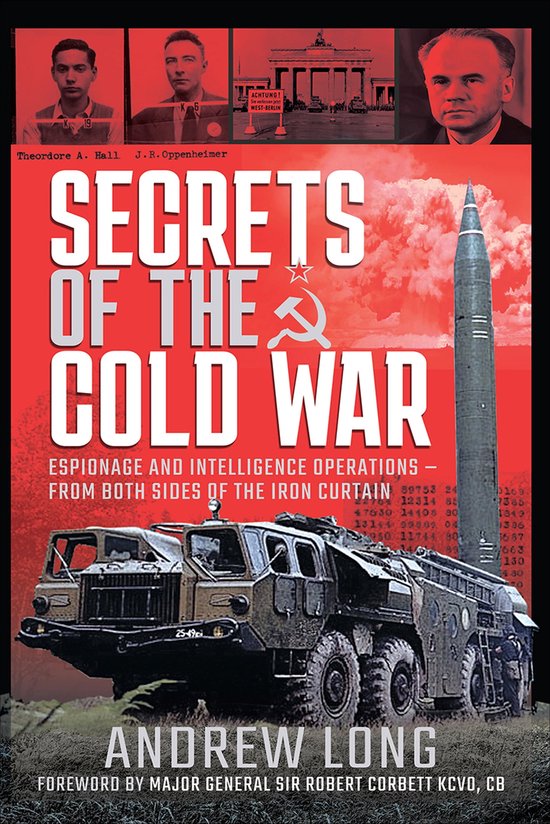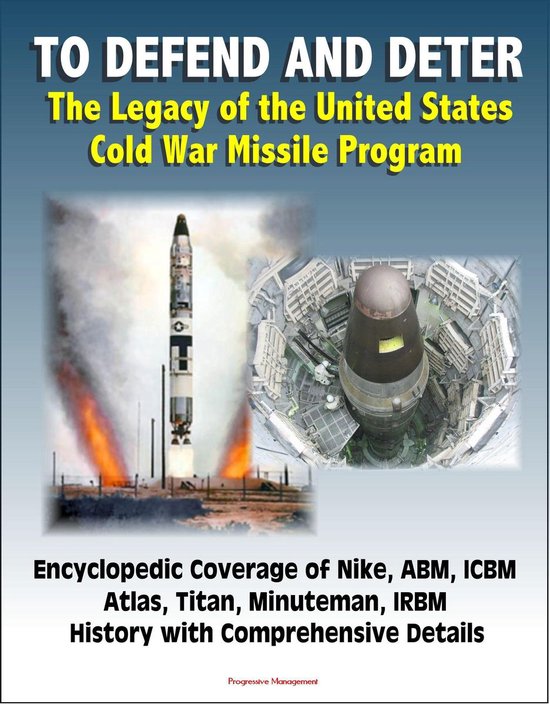
Encyclopedia of Strategic Nuclear Forces - Missiles, Bombers, Submarines, Triad, Warheads, Modernization Plans, ICBM, SLBM, START Treaty, Long-Range Standoff (LRSO), Global Strike, Verification
Professionally converted for accurate flowing-text e-book format reproduction, this unique book reproduces sixteen important government documents, reports, and studies dealing with American strategic nuclear forces, including the elements of the nuclear triad (missiles, bombers, and submarines), arms control issues and treaties, and modernization plans.
Documents include: U.S. Strategic Nuclear Forces: Background, Developments, and Issues (2015) * U.S. Strategic Nuclear Forces: Background, Developments, and Issues (2013) * Counterforce Issues for the U.S. Strategic Nuclear Forces * Considerations for a U.S. Nuclear Force Structure below a 1,000-Warhead Limit * Report of the Defense Science Board Task Force on Nuclear Capabilities * Projected Costs of U.S. Nuclear Forces, 2014 to 2023 * Adherence to and Compliance with Arms Control, Nonproliferation, and Disarmament Agreements and Commitments * The National Military Strategy of the United States of America 2015 * Projected Costs of U.S. Nuclear Forces, 2015 to 2024 * Air Force Global Strike Command "To Deter and Assure" Strategic Master Plan 2014 * Task Force Report: Assessment of Nuclear Monitoring and Verification Technologies * U.S. Strategic Nuclear Forces: Background, Developments, and Issues (2009) * U.S. Nuclear Weapons: Changes in Policy and Force Structure * ICBMs - Their Relevance to U.S. Security and the United States Air Force in the 21st Century * Culture Clash: Bomber Nuclear Operations in a Post-Cold War World * Nuclear Strategy in the New World Order.
Introduction * Background: The Strategic Triad * Force Structure and Size During the Cold War * Force Structure and Size After the Cold War * Current and Future Force Structure and Size * Strategic Nuclear Delivery Vehicles: Recent Reductions and Current Modernization Programs * Intercontinental Ballistic Missiles (ICBMs) * Peacekeeper (MX) * Minuteman III * Minuteman Modernization Programs. * Future Programs * Submarine Launched Ballistic Missiles * The SSGN Program * The Backfit Program * Basing Changes * Warhead Loadings * Modernization Plans and Programs * The Ohio Replacement Program (ORP) Program * Bombers * B-1 Bomber * B-2 Bomber * B-52 Bomber * Future Bomber Plans * Sustaining the Nuclear Weapons Enterprise * Issues for Congress * Force Size * Force Structure * The Cost of Nuclear Weapons
Since the early 1960s the United States has maintained a "triad" of strategic nuclear delivery vehicles. The United States first developed these three types of nuclear delivery vehicles, in large part, because each of the military services wanted to play a role in the U.S. nuclear arsenal. However, during the 1960s and 1970s, analysts developed a more reasoned rationale for the nuclear "triad." They argued that these different basing modes had complementary strengths and weaknesses. They would enhance deterrence and discourage a Soviet first strike because they complicated Soviet attack planning and ensured the survivability of a significant portion of the U.S. force in the event of a Soviet first strike. The different characteristics might also strengthen the credibility of U.S. targeting strategy. For example, ICBMs eventually had the accuracy and prompt responsiveness needed to attack hardened targets such as Soviet command posts and ICBM silos, SLBMs had the survivability needed to complicate Soviet efforts to launch a disarming first strike and to retaliate if such an attack were attempted, and heavy bombers could be dispersed quickly and launched to enhance their survivability, and they could be recalled to their bases if a crisis did not escalate into conflict. According to unclassified estimates, the number of delivery vehicles (ICBMs, SLBMs, and nuclear-capable bombers) in the U.S. force structure grew steadily through the mid-1960s, with the greatest number of delivery vehicles, 2,268, deployed in 1967.
| Auteur | | Progressive Management |
| Taal | | Engels |
| Type | | E-book |
| Categorie | | Mens & Maatschappij |





